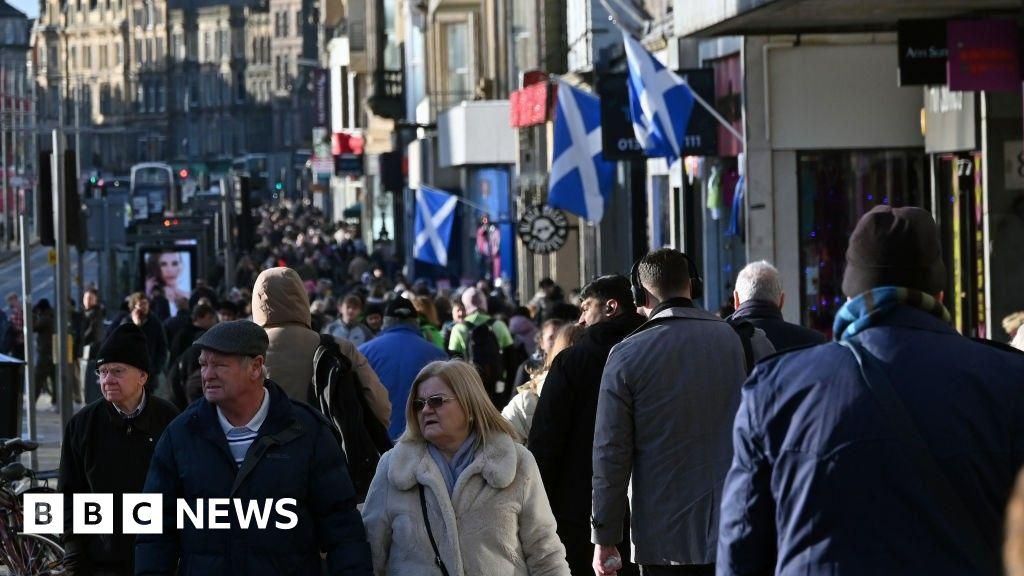Football
Inside the unique reason behind Scotland’s bizarre Euro 92 squad numbers

WHETHER it’s tradition, sentimental value or just a personal favourite, the reasons behind a player’s squad number are vast and varied.
But at Euro 92, Scotland simply tore up the rule book!
Andy Roxburgh’s men made it to Sweden that year after a tightly contesed qualifying campaign.
The Scots topped Group 2, finishing just a point clear of Switzerland and Romania and just two ahead of fourth placed Bulgaria.
A win over pointless San Marino punched our ticket to the promised land.
It was the first time Scotland had ever qualified for the European Championships at a time when just eight teams made it to the finals.
Just like qualifying, we were drawn into Group 2 for the tournament alongside the Netherlands, Germany and CIS, the transitional team of the time of the Soviet Union.
But before the big kick-off, boss Roxburgh had his squad to name.
There was a huge blow in the lead-up to the finals with Gordon Strachan ruled out through injury.
In-form Hearts striker John Robertson was also missing.
20 players were picked and those were the men tasked with making history at Scotland’s first Euros.
It was at this point where things began to get a little bizarre.
And that was all because of the SQUAD NUMBERS.
The early 1990s was a time when squad numbers still weren’t a universal thing.
Many leagues and competitions were still using numbers one through to 11.
This, of course, would mean that traditions such as the goalkeeper being No1, the main striker being No9, a creative midfield maestro being No10 were all commonly respected.
Even where squad numbers were used, the above traditions were largely universally commonplace.
So it came as a surprise at Euro 92 when Scotland decided to completely shake things up with their numbers.
And this shake up led to goal machine striker Ally McCoist – arguably as much of a No9 as a No9 you can get – ended up wearing the number FIVE shirt at the Euros.
Fellow forward Brian McClair ended up with No6 while centre-back Dave MacPherson took No8.
And traditionalists would’ve no doubt been absolutely incensed with the fact that it was a RIGHT-BACK – Aberdeen‘s Stewart McKimmie – who was given the number NINE shirt.
So what on earth was going on with Scotland’s squad numbers?
Well, there was a very unique reason behind it.
It was decided that Scotland’s players would be numbered from 1-20 based on the number of CAPS they’d won at the point the squad was finalised.
The exceptions to the rule were both of the goalkeepers and the captain.
This meant that Andy Goram took No1 and skipper Richard Gough took No2, while back-up goalkeeper Henry Smith was allocated No12.
After Goram and Gough, the caps came into play.
This meant that Celtic legend Paul McStay, as the most capped player in the squad at the time with 57 appearances, was first up.
A midfielder, he was given No3 – a number of course more often than not given to left backs.
This also meant that McStay, almost by default, was another exception to the rule along with Goram and Gough as had the numbers followed the pattern of caps won from No1 onwards, McStay would’ve been wearing that number instead.
McStay had in fact won one more cap than captain Gough at the time, too, so could easily have found himself wearing No2 as well.
With 50 caps, defender Maurice Malpas wore No4 and then came McCoist.
The Rangers icon’s 38 international appearances made him the next most capped player in the squad and saw him bizarrely take the No5 shirt.
Unfortunately for Scotland, the unique squad numbers couldn’t inspire the team to knockout stages.
A 1-0 defeat to the Netherlands and 2-0 loss to Germany meant we knew we were going home even before facing CIS in our final group match.
McStay, McClair and Gary McAllister all scored in that game as the Tartan Army’s journey ended by watching a 3-0 victory in Norrkoping.
After returning to the Euros four years later, Scotland wouldn’t get there again until 2020.
And we will, of course, be doing it all again in Germany this summer!
While no other nation has repeated Scotland’s bizarre 1992 squad numbering system, another country had previously adopted their own bewildering method.
That was Argentina during the 1970s and 1980s.
For the 1974, 1978, 1982 and 1986 World Cups, Argentina’s squad numbers were allocated in ALPHABETICAL ORDER.
As you can imagine, this threw up some bewildering numbers.
In 1974, goalkeepers were exempt from the rule, meaning they occupied the traditional No1 and No12 shirts, with third choice Miguel Angel Santoro wearing 21.
But even that went out of the window in 1978, when Argentina won the World Cup on home soil.
Norberto Alonso, an attacking midfielder, was the man whose surname came first alphabetically.
And as a result, it was he who took the number one shirt.
Another midfielder, the great Ossie Ardiles, wore No2.
And then in a number that just looks plain wrong, goalkeeper Hector Baley took No3.
Fellow shot-stopper Ubdalo Filliol wore No5, with a striker Daniel Bertoni sandwiched in between with No4.
The great Mario Kempes, the star striker of the team, mercifully was No10.
While the numbering system continued in 1982, with Ardiles now No1, the rule was broken so breakout star Diego Maradona could occupy No10 with Kempes also taking No11, breaking the alphabetical rule which resumed from No13 until the end.
Read more on the Scottish Sun
The numbering system continued onto the 1986 World Cup too – again with exceptions – before being scrapped from 1990 onwards.
Keep up to date with ALL the latest news and transfers at the Scottish Sun football page














